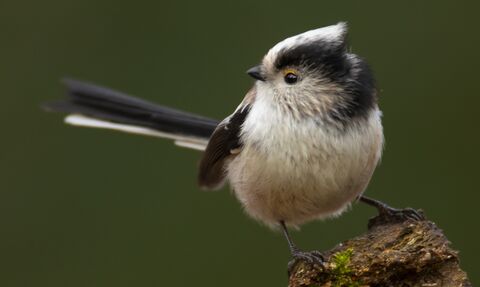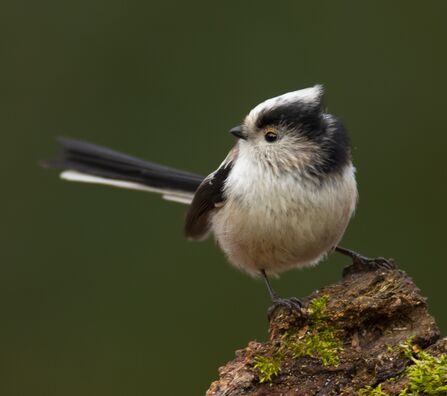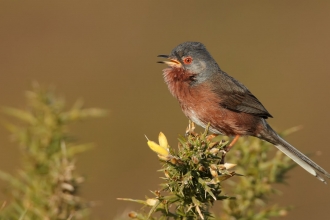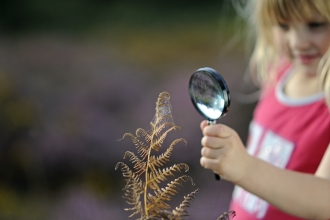
Jon Hawkins Surrey Hills Photography / Long-tailed tit
Species of the Month: Long-tailed tit
Take part in our wildlife survey
Have you seen our Species of the Month in Dorset? By reporting your sighting below, you can help us to build up a picture of the state of Dorset’s wildlife. We send the records of your sighting to DERC (Dorset Environmental Records Centre) who collate this information, providing the opportunity for local naturalists, conservation organisations and wildlife enthusiasts to work together to protect wildlife in Dorset. What’s more, when you complete our Species of the Month survey, your sighting will display on our interactive map below. This allows us to visualize the range of wonderful wildlife our supporters have spotted in their gardens, on their balconies or in their local green spaces throughout the year! So please help us help wildlife by filling in the form below. Thank you!

Jon Hawkins Surrey Hills Photography / Long-tailed tit
Species of the Month: Long-tailed tit
Scientific name: Aegithalos caudatus
Layers
Identification
Weighing in at 9g (the weight of a £1 coin) and measuring only 14 cm in length with a wingspan of 18 cm, the long-tailed tit is a tiny bird with a round body. It doesn’t have much of a neck and has a white head with a wide, black eyestripe and a very short bill. The back is black, white and pink and the breast a fluffy palish pink. The wings are dark, and it has a long black and white tail which is longer than its body.
Young birds look like adults but have a black bandit mask over the face.
The long-tailed tit is also easily identified from its high-pitched ‘see-see-see’ and short ‘thrupp’ call, as well as a bouncing flight.
Diet
They hunt among the branches and leaves of trees in woodlands for insects, spiders and other invertebrates. The eggs and caterpillars of moths and butterflies form part of their diet, but they will also eat seeds and will often visit bird tables and feeders in gardens.
Behaviour
The nests of long-tailed tits are exquisite structures which can take up to three weeks to construct, so nestbuilding often starts as early as February. The beautifully camouflaged dome-shaped nest is built in a thick bush, hedge, or the fork of a tree. It is a complete ball made from moss, lichen and spider silk and is camouflaged with lichen on the outside. It is lined with maybe 1,500 feathers and has an entrance hole at the side. The nest is soft and flexible so the young can move around inside without it collapsing.
The female will usually lay one clutch of 8-12 eggs in March or April. She incubates them for around 15-18 days, and the chicks will fledge after around two weeks. Long-tailed tits display co-operative breeding so if a breeding pair fails, they will help at the nest of close relatives, which increases the survival rate.
After fledging, birds from different families form flocks of around 6-20 birds which flit from tree to tree, rarely staying long and contact calling each other with their distinctive high pitched ‘see see see’ and shorter ‘thrupp’ call.
Did you know?
The number of long-tailed tits has doubled since the 1970s and the species is on the Green List (not considered at risk of extinction) under the Birds of Conservation Concern 5: the Red List for Birds (2021). This is probably due to the warmer winters resulting in a higher survival rate.
Because of their small size they are susceptible to the cold, so at night they huddle up together in a ball with their tails sticking out to keep warm.
Nests are vulnerable to a range of predators, including corvids such as crows and jays, as well as weasels.
Where can they be found?
Long-tailed tits are found in most parts of the UK except in the mountains of Scotland.
They live in in woodland, farmland, parks and gardens with lots of hedgerows and trees.
How can I help?
Being very small, long-tailed tits are vulnerable to prolonged periods of harsh winter weather, so they need energy-rich food sources. Providing peanuts, small seeds such as nyjer and black sunflower seeds, and fat balls or suet blocks, can help them survive in the cold. Providing good nesting places such as thick, tall hedges that contain native shrubs is also a good way to help the species.
Please avoid the use of pesticides and herbicides which kill the insects they need to survive and feed their chicks.
Report your sighting
Help us build a more accurate picture of Dorset's wildlife by completing this form. Your records will be sent to DERC on the understanding that the information provided by the recorder will be entered onto a computerised database and may be used for nature conservation, research, education or be available to the general public. Your sighting will also appear on our Species of the Month map. You can change your communications preference at any time by contacting us on 01202 692033.
When you have completed the form, click the Submit button. Please note that once submitted it can take up to an hour for your sighting to populate the map.


